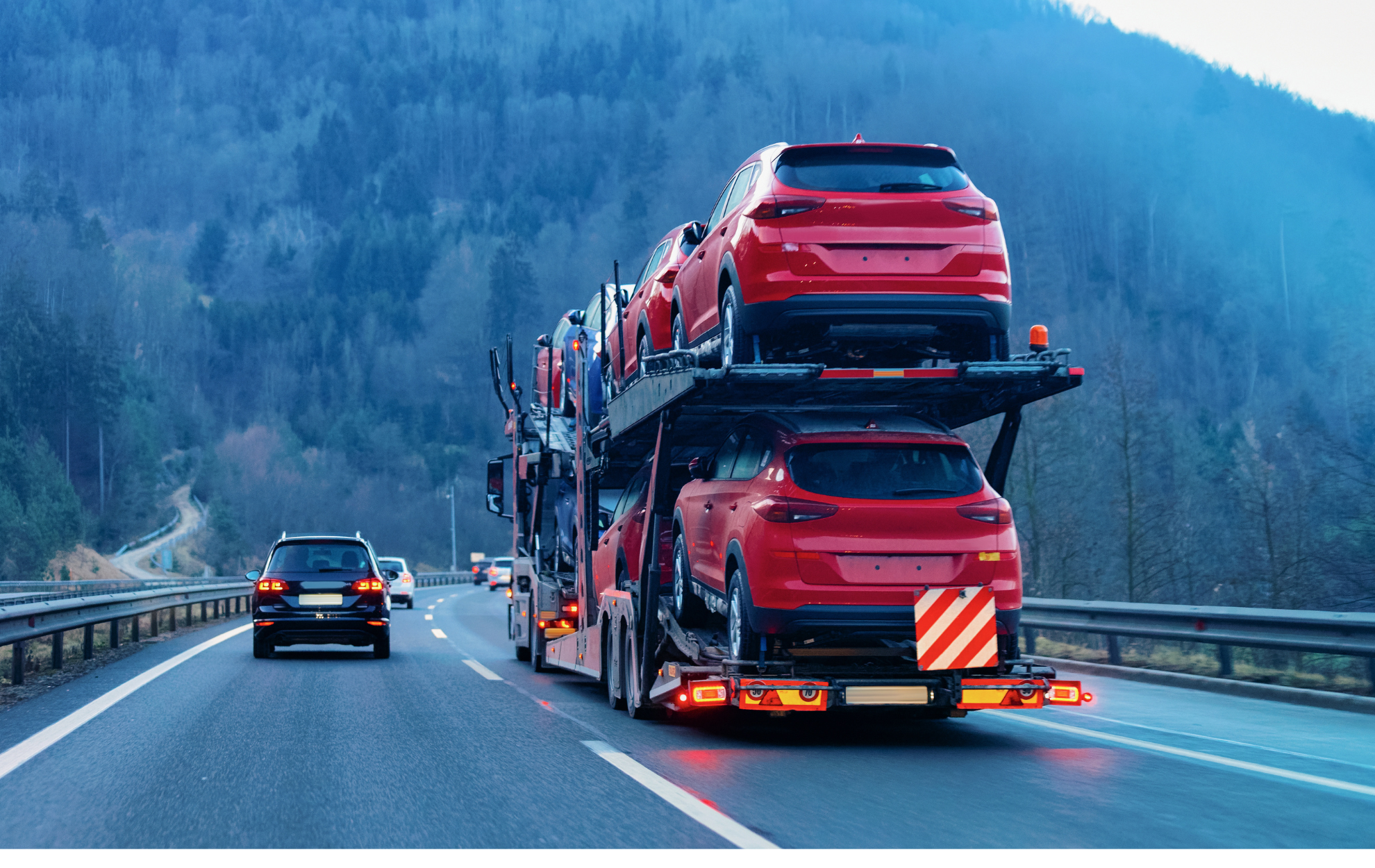Introduction:
Navigating the World of Car Carriers| A Comprehensive Guide Car carriers play a crucial role in the transportation industry, providing a reliable means of transporting multiple vehicles from one location to another. Whether you’re an auto manufacturer, a dealership, or an individual looking to move multiple cars, understanding the ins and outs of car carriers is essential. In this comprehensive guide, we delve into the world of car carriers, exploring their types, functionalities, and frequently asked questions.

Types of Car Carriers: A Closer Look
Open-Air Car Carriers: The most common type of car carrier, open-air carriers, transport vehicles on an exposed trailer. These carriers are cost-effective and widely used for short to medium-distance transportation. However, they leave vehicles susceptible to weather conditions and road debris.
Enclosed Car Carriers: Enclosed car carriers provide a higher level of protection for vehicles during transportation. With an enclosed trailer, cars are shielded from the elements and road debris, making them ideal for luxury or high-value vehicles. The enclosed design also ensures confidentiality for unreleased car models or prototypes.
How Car Carriers Work: A Step-by-Step Proces
- Loading: Car carriers are equipped with ramps for easy loading and unloading of vehicles. Skilled operators carefully drive or load the vehicles onto the carrier, ensuring proper positioning and securing.
Must Read= African Grey Parrot Price in India
- Securing the Vehicles: Once loaded, the vehicles are secured in place using straps, chains, or wheel restraints. This step is crucial to prevent any movement or damage during transit.
- Transportation: Car carriers operate over various distances, from local deliveries to cross-country hauls. The choice between open-air and enclosed carriers depends on factors like distance, vehicle type, and desired protection.
- Unloading: Upon reaching the destination, the vehicles are carefully unloaded using the same ramps. Attention to detail is crucial to avoid any damage during this process.
FAQs:
Q1: Are car carriers only for businesses, or can individuals use them too?
A1: Car carriers cater to both businesses and individuals. While businesses often use them for bulk transportation, individuals can also hire car carriers for moving multiple vehicles, especially during relocations.
Q2: How do I choose between an open-air and enclosed car carrier?
A2: The choice depends on factors like the type and value of the vehicles being transported, the distance of the journey, and the level of protection required. Open-air carriers are cost-effective for short distances, while enclosed carriers are preferable for long distances or high-value vehicles.
Q3: Are there any restrictions on the types of vehicles that can be transported on a car carrier?
A3: Car carriers can transport a wide range of vehicles, including cars, trucks, SUVs, and motorcycles. However, some carriers may have size or weight limitations, so it’s essential to communicate the specifics of your shipment with the carrier company.

Q4: How is the cost of car carrier services determined?
A4: The cost of car carrier services depends on various factors, including the distance of transportation, the type of carrier chosen, the number of vehicles being transported, and any additional services requested, such as expedited delivery or enclosed transport.
Q5: Are there any precautions I should take before sending my vehicle on a car carrier?
A5: Yes, it’s essential to remove personal belongings from the vehicle, ensure that the gas tank is less than a quarter full, and document any existing damage before handing over your vehicle to the carrier. These precautions help prevent issues and streamline the transportation process.
Conclusion:
Car carriers play a pivotal role in the automotive industry and offer a convenient solution for transporting vehicles. Whether you’re a business looking to move a fleet of cars or an individual relocating with multiple vehicles, understanding the types, functionalities, and frequently asked questions about car carriers is essential for a smooth and secure transportation experience.